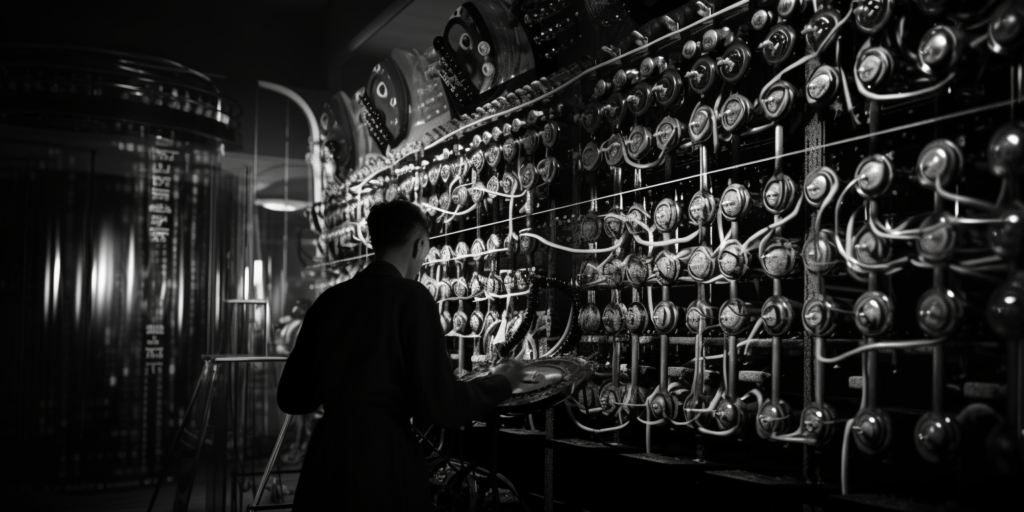In the grand tapestry of human endeavor, the loom of modern computing weaves threads both invisible and transformative, stitching together the fabric of our digital lives. Ah, there it is—the sentence I’ve been laboring over for hours. But hey, you’re here for the story, not the syntax, so let’s dive in.
The Humble Beginnings: Mechanical Marvels
The Abacus and the Astrolabe
Before we had silicon and circuits, we had beads and gears. The abacus, dating back to ancient civilizations, was perhaps the first “computer” in the sense that it helped humans perform calculations more efficiently.

Similarly, the astrolabe, an intricate brass instrument, allowed navigators to determine their position based on the stars.

The Analytical Engine: Charles Babbage and Ada Lovelace
Fast forward to the 19th century, and we meet Charles Babbage, the “father of the computer.” His Analytical Engine was a mechanical marvel that could perform complex calculations. Though never fully built in his lifetime, it laid the groundwork for future computing machines. Ada Lovelace, often considered the first programmer, wrote algorithms for the Analytical Engine, envisioning its capabilities beyond mere number crunching.

The Electronic Age: Transistors and Tubes
ENIAC: The Behemoth
The Electronic Numerical Integrator and Computer (ENIAC) was one of the earliest electronic general-purpose computers. Built during World War II, it was a behemoth, filling an entire room and consuming enough electricity to power a small town.

The Transistor Revolution
The invention of the transistor in 1947 by Bell Labs was a game-changer. It replaced vacuum tubes, leading to smaller, faster, and more efficient computers. This innovation paved the way for the miniaturization of electronic components, eventually leading to the microprocessor.
The Personal Computer and the Internet: A New Frontier
The Apple Revolution
In 1976, Steve Jobs, Steve Wozniak, and Ronald Wayne founded Apple. The Apple I was a groundbreaking machine that brought computing to the masses. The subsequent release of the Macintosh in 1984, with its graphical user interface, was revolutionary.
The Rise of the Internet
The invention of the World Wide Web by Tim Berners-Lee in 1989 transformed the way we access and share information. The internet became a global network, connecting people and computers across continents.

The Modern Era: AI, Quantum Computing, and Beyond
Artificial Intelligence
Machine learning and AI have opened up new possibilities in computing, from self-driving cars to virtual assistants like Siri and Alexa.
Quantum Computing
Quantum computing, still in its infancy, promises to revolutionize computing by performing complex calculations exponentially faster than classical computers.
Conclusion: The Future is Now
As we stand on the precipice of the unknown, gazing into the digital abyss, we can only wonder what marvels the future of computing holds. Will quantum computers crack the mysteries of the universe? Will AI become sentient? Only time will tell.
So there you have it, folks—a whirlwind tour through the history of modern computing. It’s been a wild ride, and I can’t wait to see where we go next. Until then, keep on computing!
